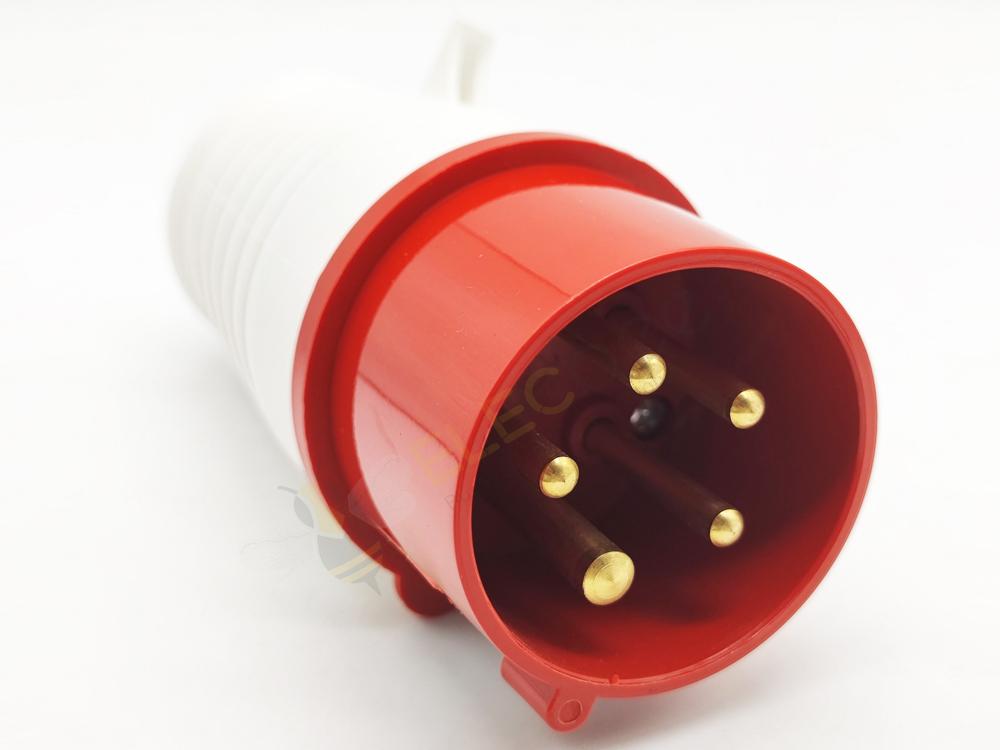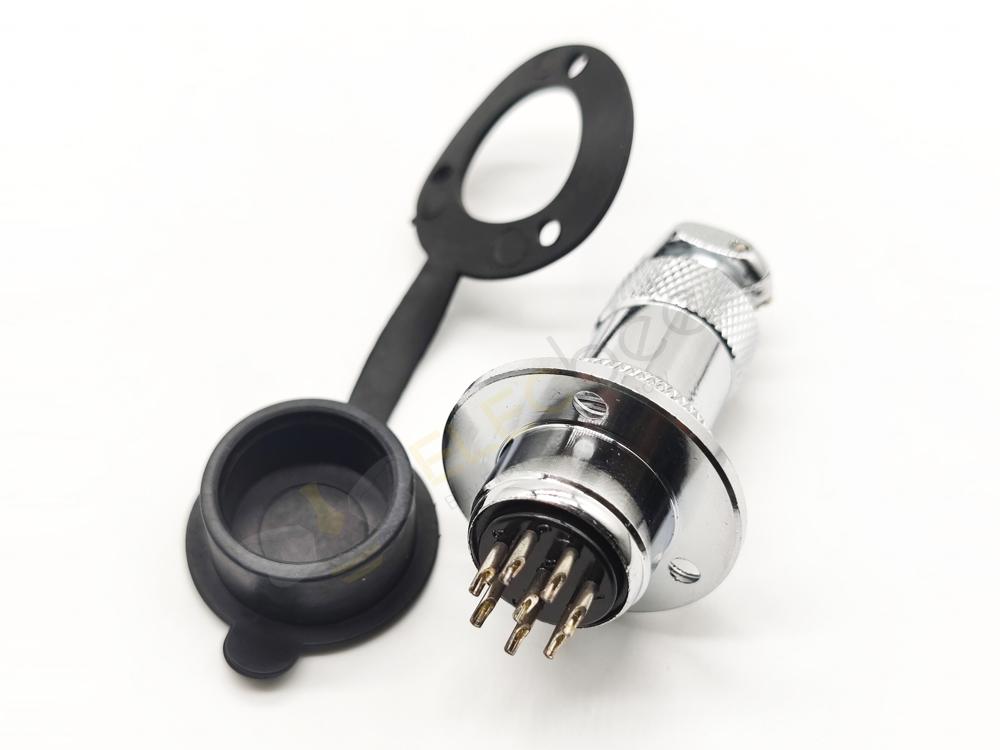If you want to find high-quality and inexpensive connector products among many connector brands, you must understand the three important properties that determine the connector, namely mechanical properties, electrical properties and environmental properties. These three properties affect the quality of the connector. key, and in order to ensure the quality of the connector.

1. Mechanical properties
Mechanical properties are the mechanical life of the connector. Mechanical life is actually a durability indicator. It takes one engagement and separation as a cycle, and judges whether the connector can normally complete its connection function (such as contact resistance value) after the specified engagement and separation cycle.
Connector Mechanical Properties In terms of connection function, mating force is an important mechanical property. The insertion force is divided into the insertion force and the extraction force (the extraction force is also called the separation force), and the requirements of the two are different. In the relevant standards, there are provisions for the maximum insertion force and the minimum separation force, which means that from the point of view of use, the insertion force should be small (thereby there is a structure with low insertion force LIF and no insertion force ZIF), and if the separation force is too small, will affect the reliability of the contact. The insertion force and mechanical life of the connector are related to the contact structure (positive pressure), the coating quality (sliding friction coefficient) of the contact part, and the dimensional accuracy (alignment) of the contact arrangement.

2. Electrical properties
The electrical properties of the connector include contact resistance (voltage drop), insulation resistance, and electrical strength.
①Contact resistance High-quality connectors should have low and stable contact resistance. The contact resistance of connectors varies from a few milliohms to tens of milliohms.
②Insulation resistance measures the insulation performance between the contact parts of the connector and between the contact parts and the shell, and its order of magnitude ranges from hundreds of megohms to several gigaohms.
③ Dielectric strength or withstand voltage, dielectric withstand voltage, is to characterize the ability of the connector to withstand the rated test voltage between the contacts or between the contacts and the shell.
④Electromagnetic interference leakage attenuation is to evaluate the electromagnetic interference shielding effect of the connector, and the electromagnetic interference leakage attenuation is to evaluate the electromagnetic interference shielding effect of the connector, which is generally tested in the frequency range of 100MHz~10GHz.

3. Environmental performance
Common environmental properties include temperature, humidity, salt spray, vibration and shock.
①Temperature resistance At present, the maximum working temperature of the connector is 200°C (except for a few high-temperature special connectors), and the minimum temperature is -65°C. Since the current generates heat at the contact point when the connector is working, resulting in a temperature rise, it is generally believed that the operating temperature should be equal to the sum of the ambient temperature and the temperature rise of the contact point. In some specifications, the maximum temperature rise allowed by the connector at the rated operating current is specified.
②The intrusion of moisture resistance will affect the insulation performance of the connection h and corrode metal parts. The constant damp heat test conditions are relative humidity 90%~95% (according to product specifications, up to 98%), temperature +40±20℃, and the test time is at least 96 hours according to product regulations. The alternating damp heat test is more severe.
③When the salt spray-resistant connector works in an environment containing moisture and salt, the surface treatment layer of its metal structural parts and contact parts may cause galvanic corrosion, which affects the physical and electrical properties of the connector. To evaluate the ability of a connector to withstand this environment, a salt spray test is specified. It is to hang the connector in a temperature-controlled test box, and spray the sodium chloride solution with the specified concentration with compressed air to form a salt fog atmosphere. The exposure time is specified by the product specification, at least 48 hours.
④Vibration and shock Vibration and shock resistance is an important performance of the connector, which is especially important in special application environments such as aviation and aerospace, railway and road transportation. Important indicators.

Elecbee is a company specializing in the research and development, production and sales of electronic connectors, adapters and antennas. Whether it is technology, research and development, production or business, it is in the leading position in the industry. If you want to know more about our products or need related help and support, you can directly communicate with our technical staff in real time on the website or send an email to service@elecbee.com. All Elecbee staff look forward to cooperating with you.

